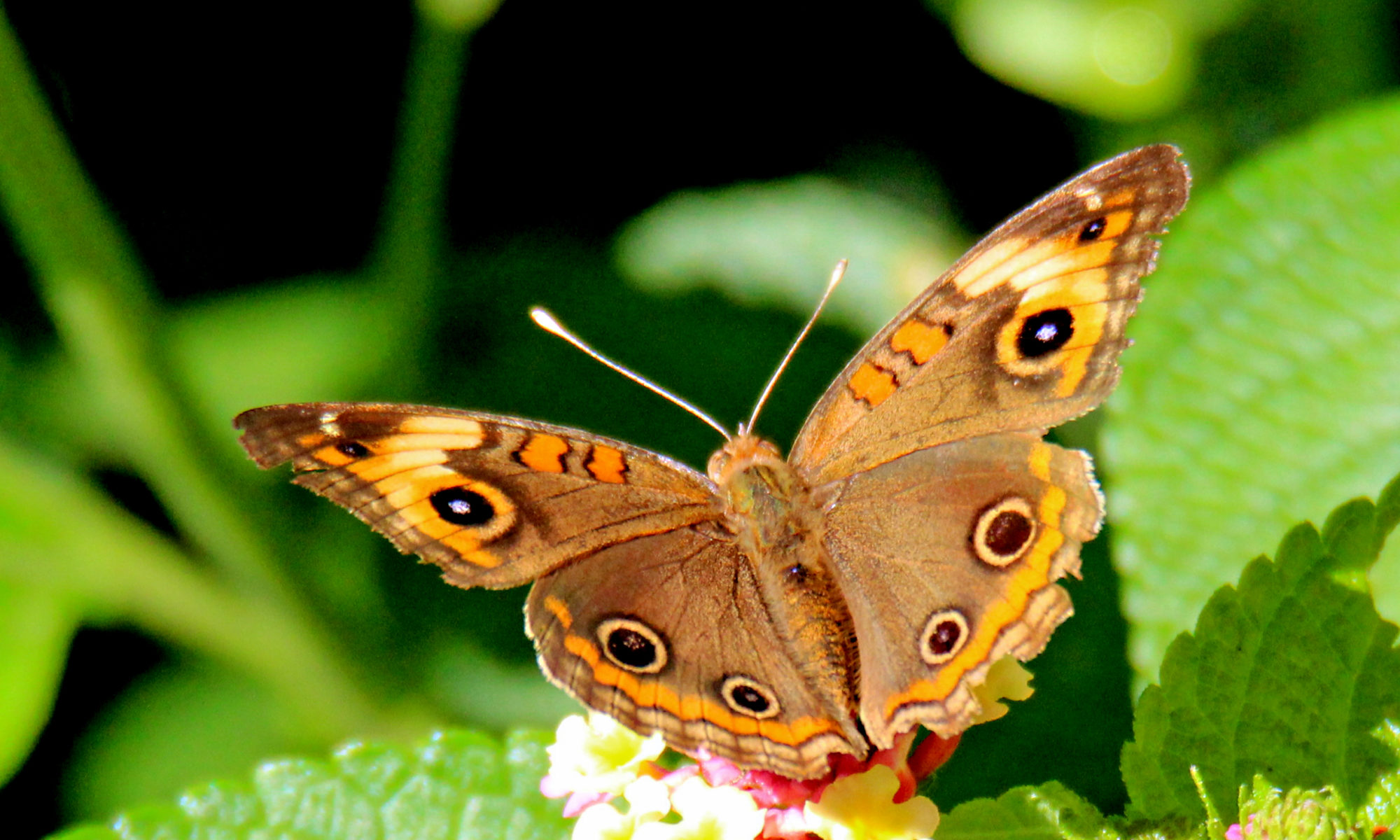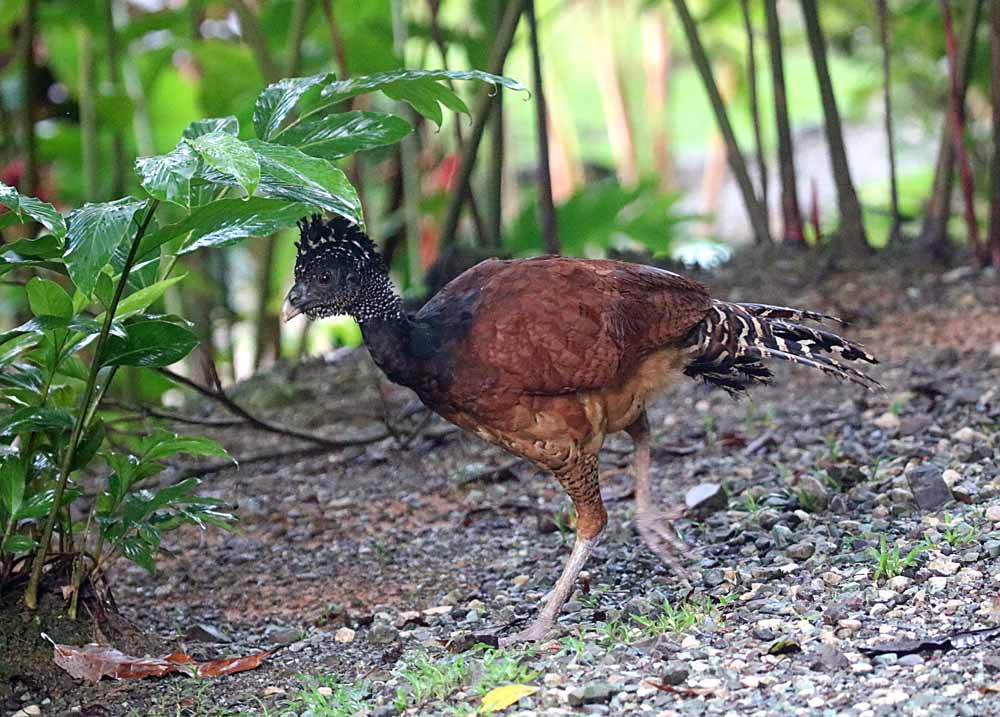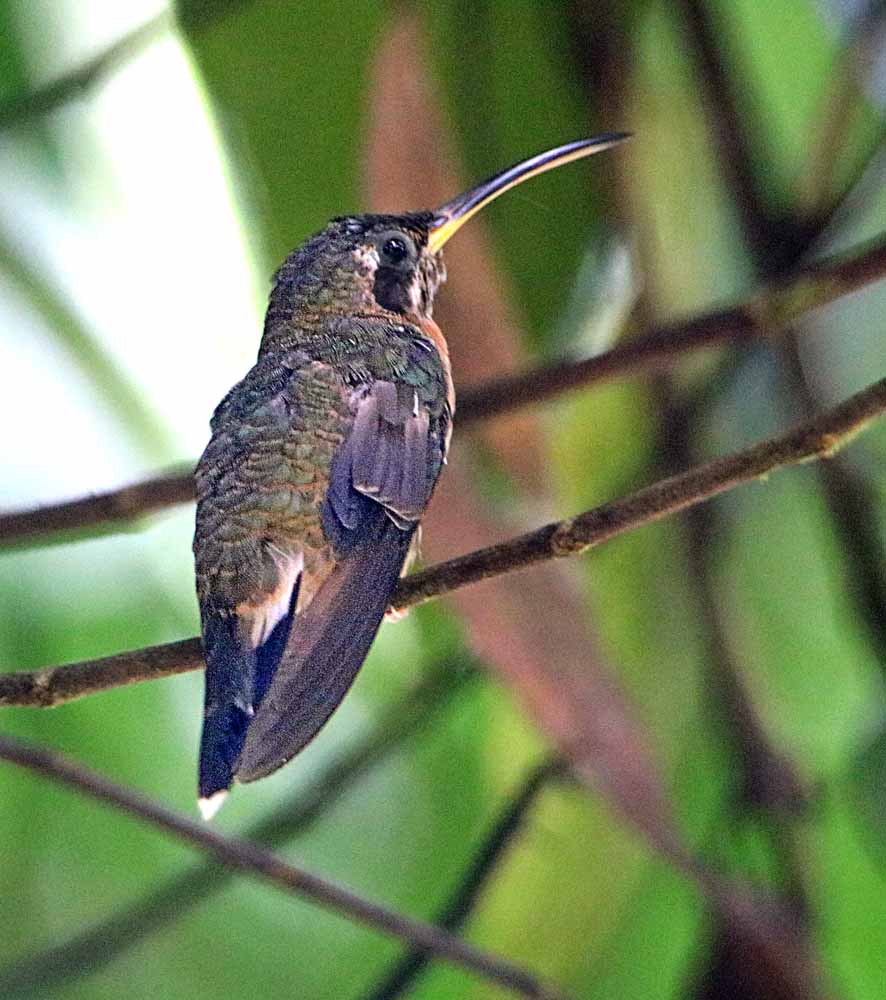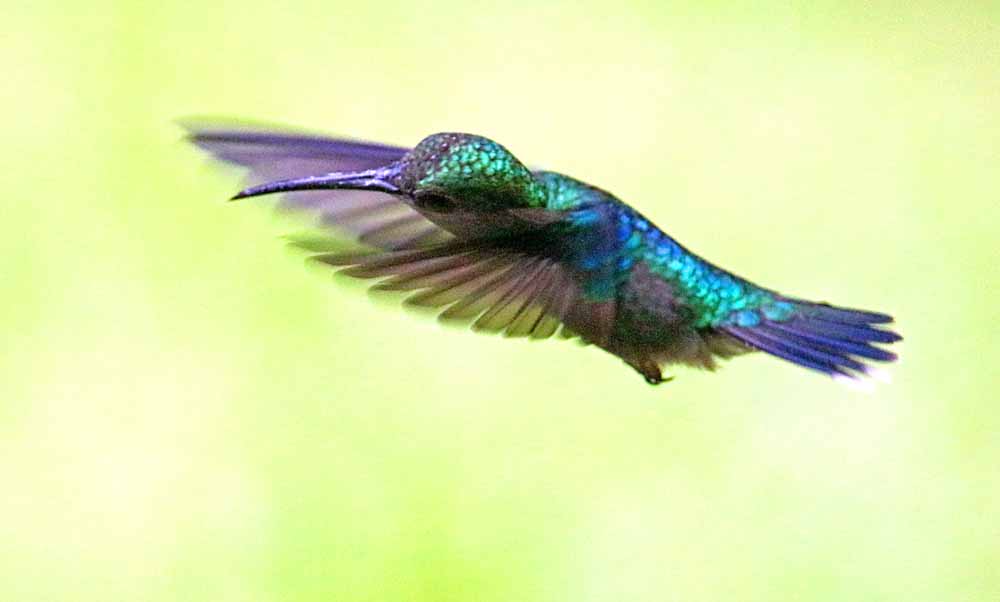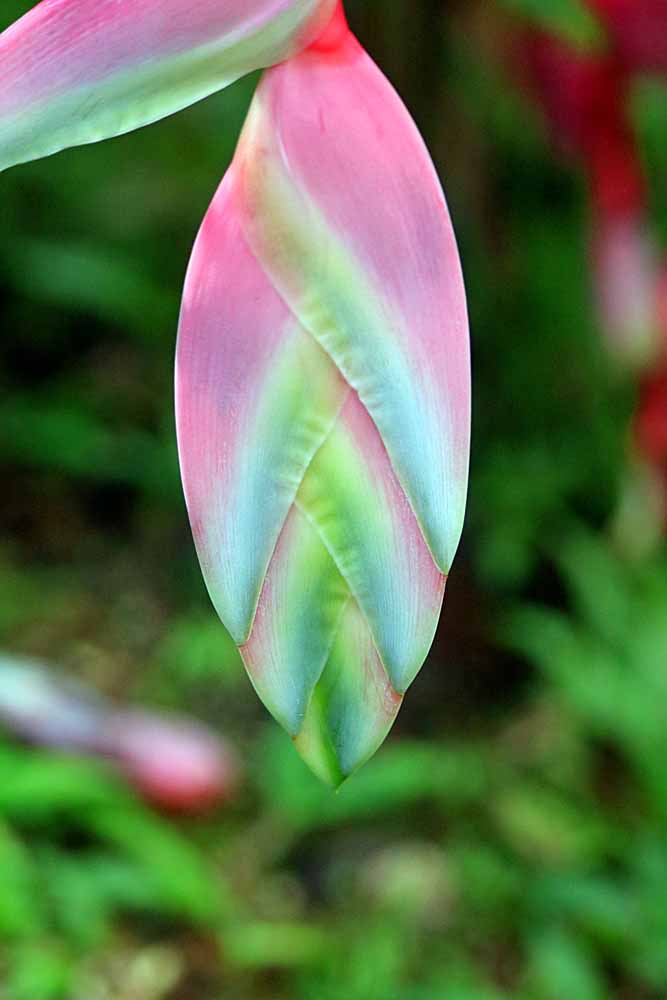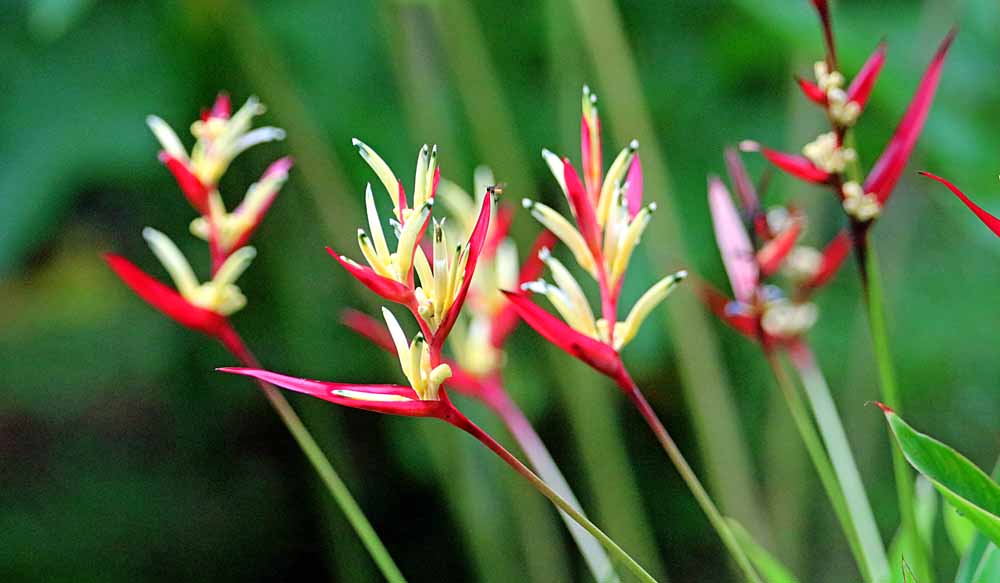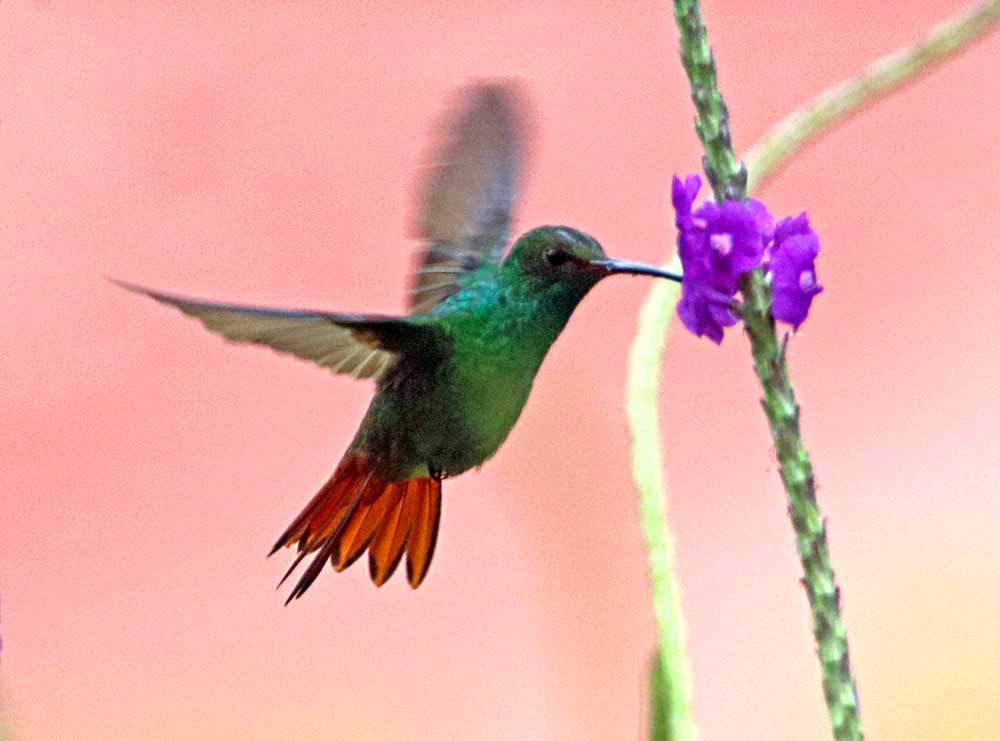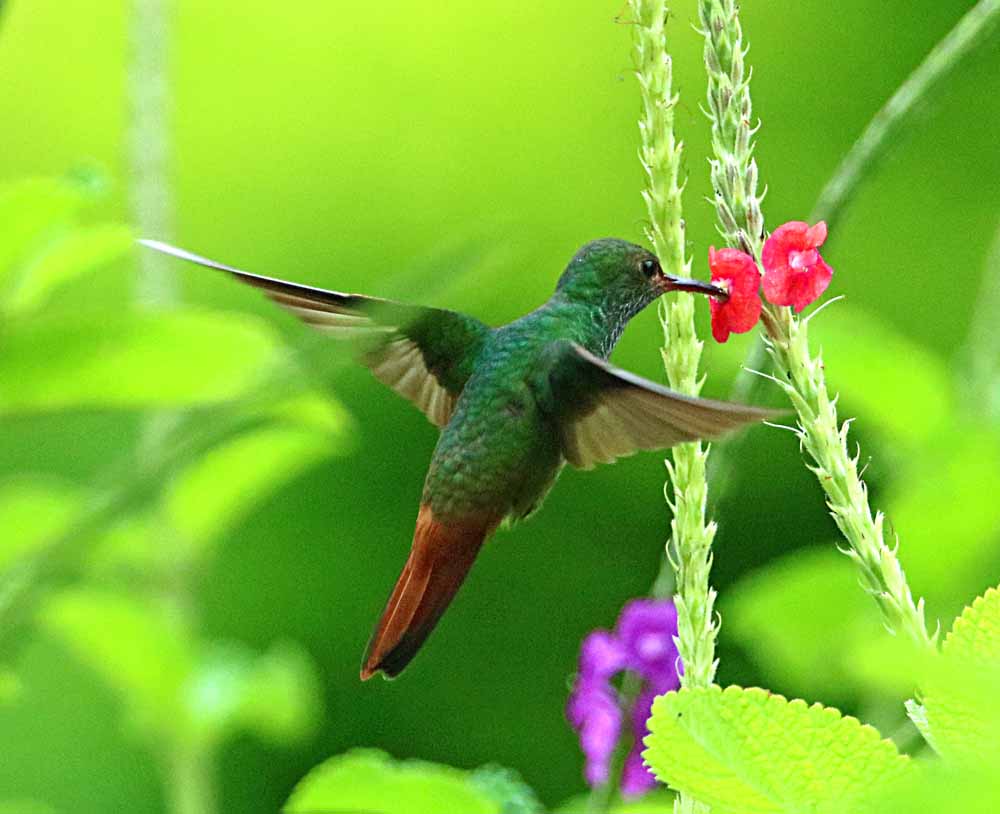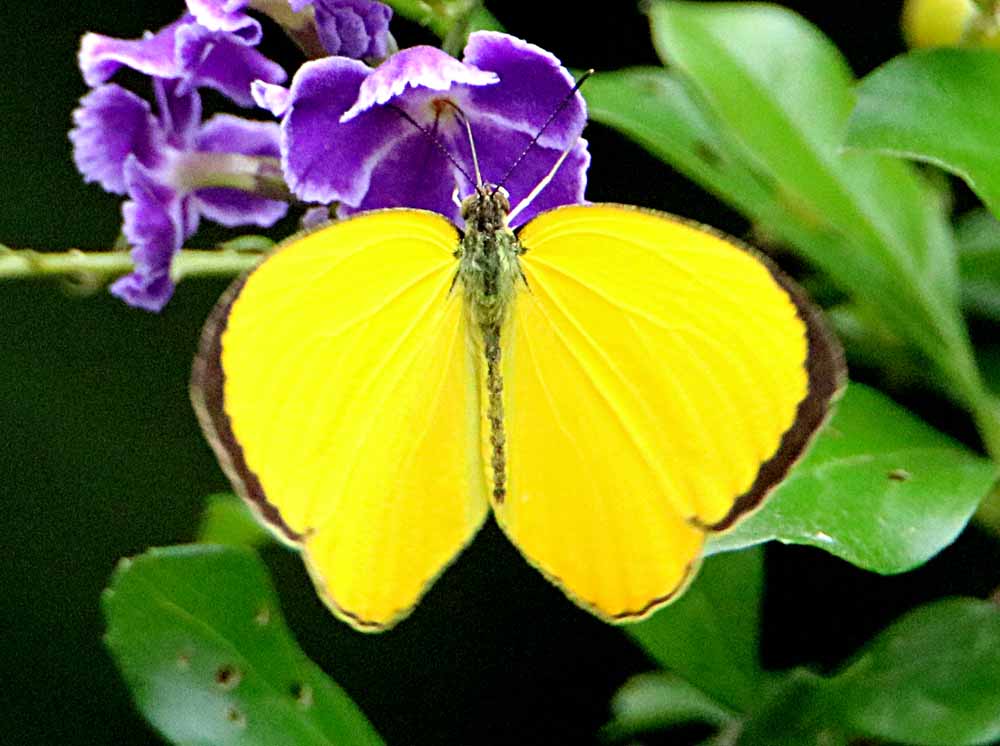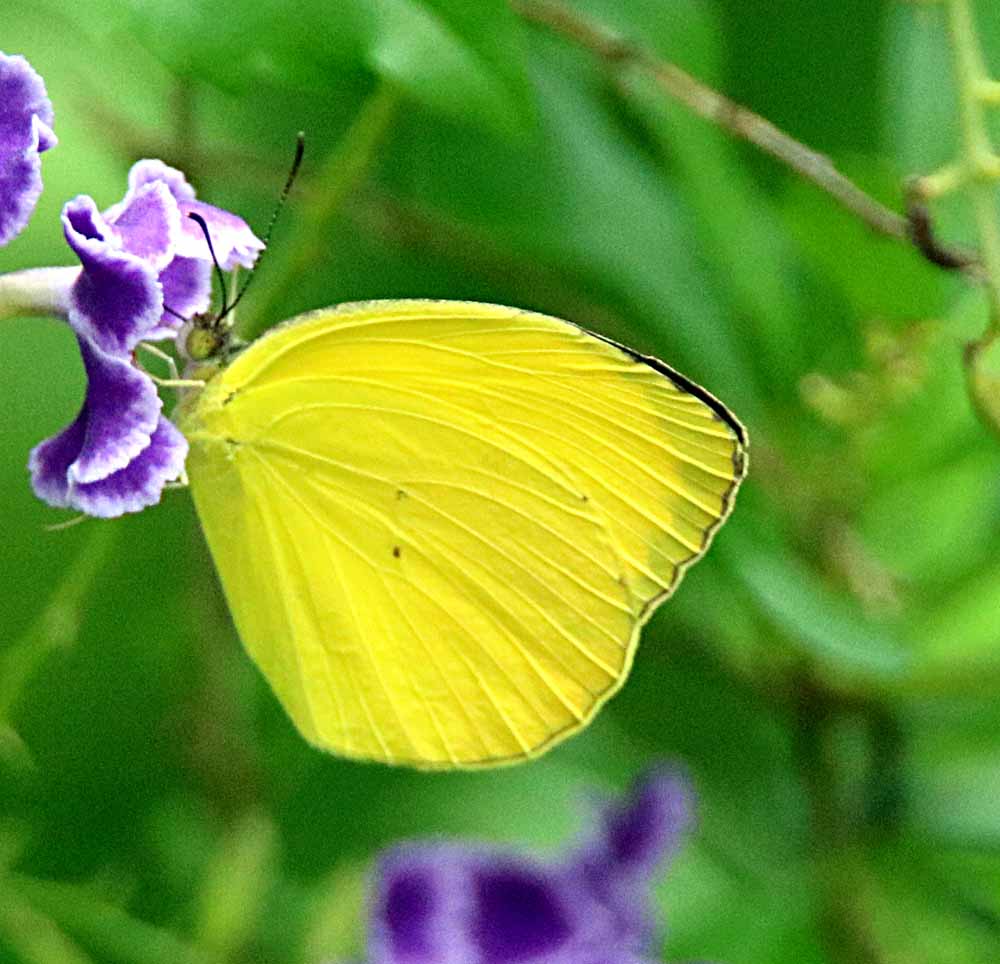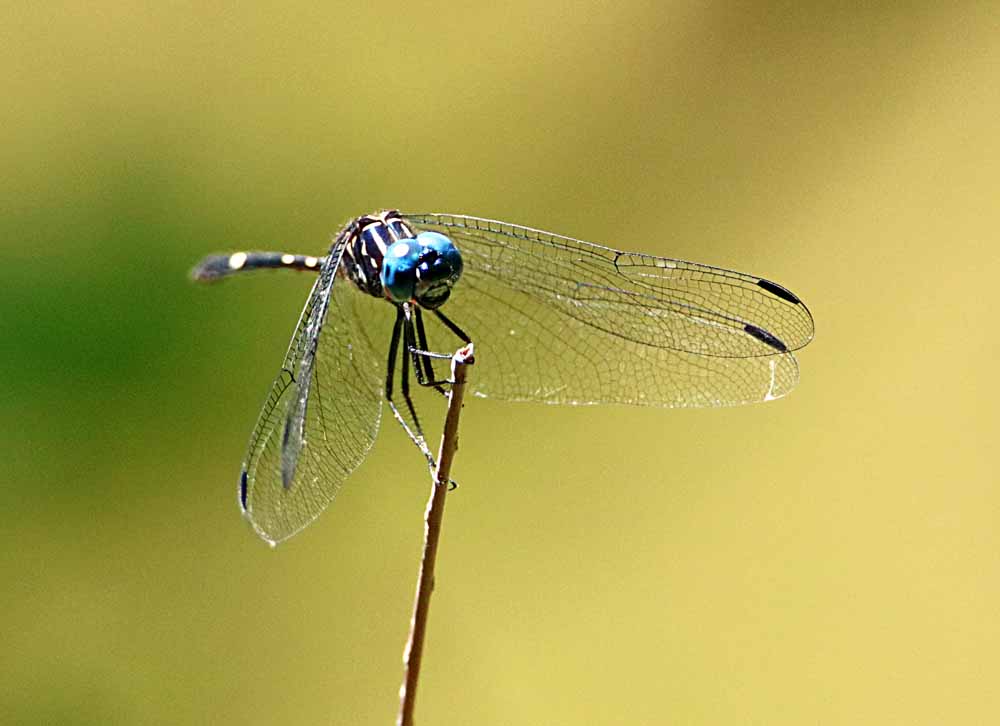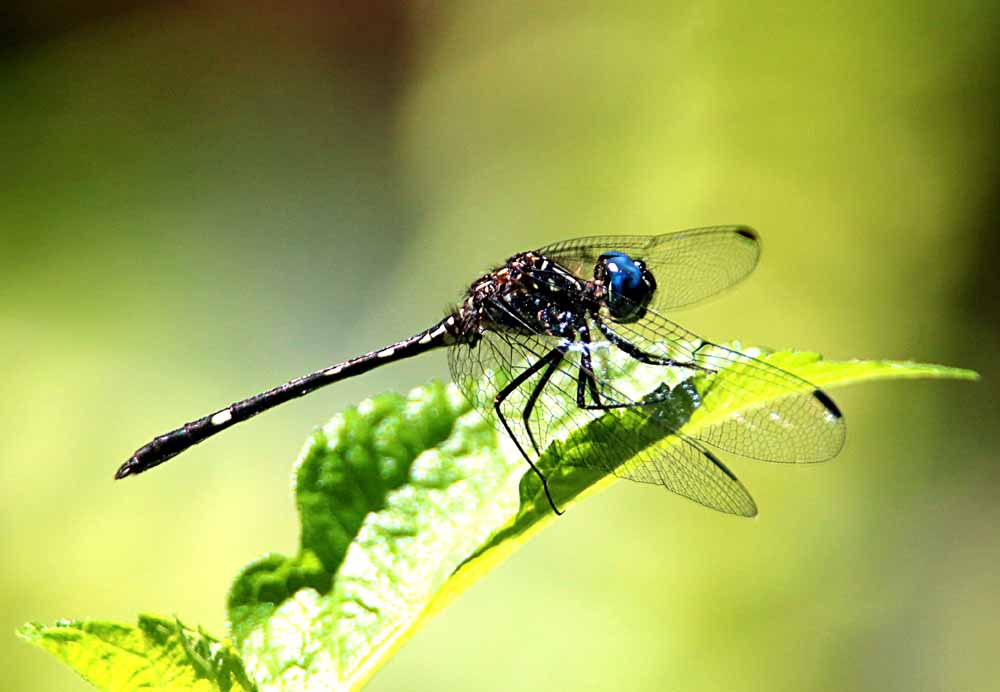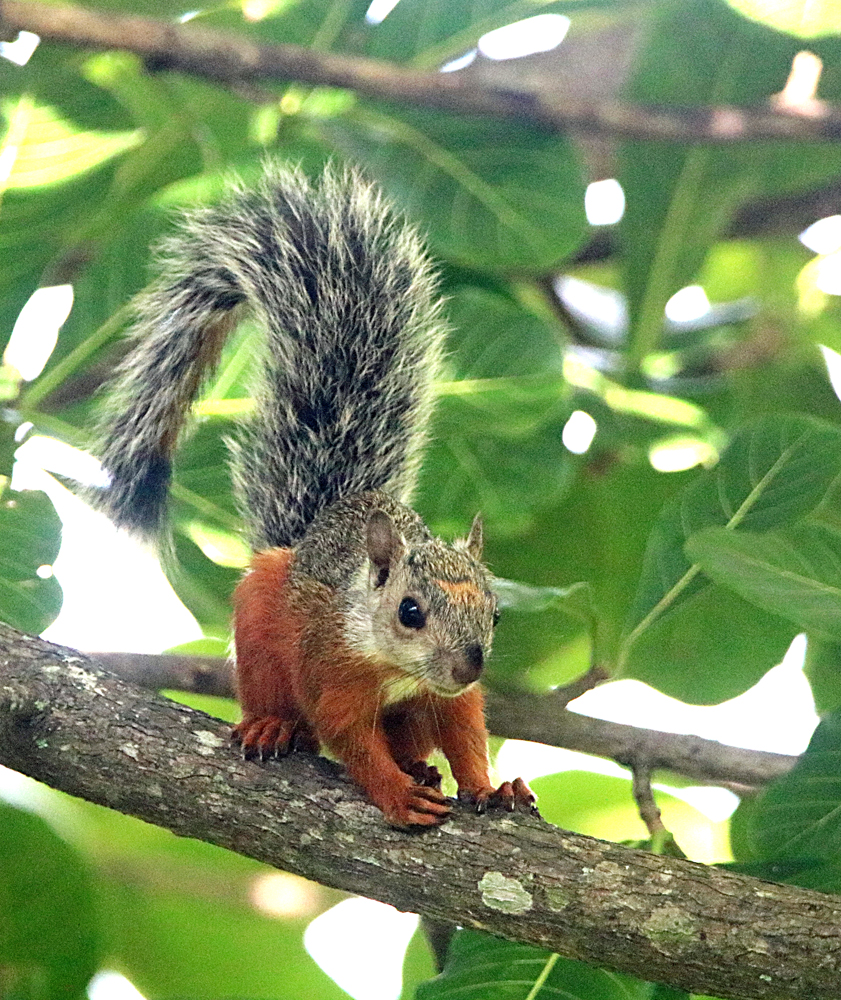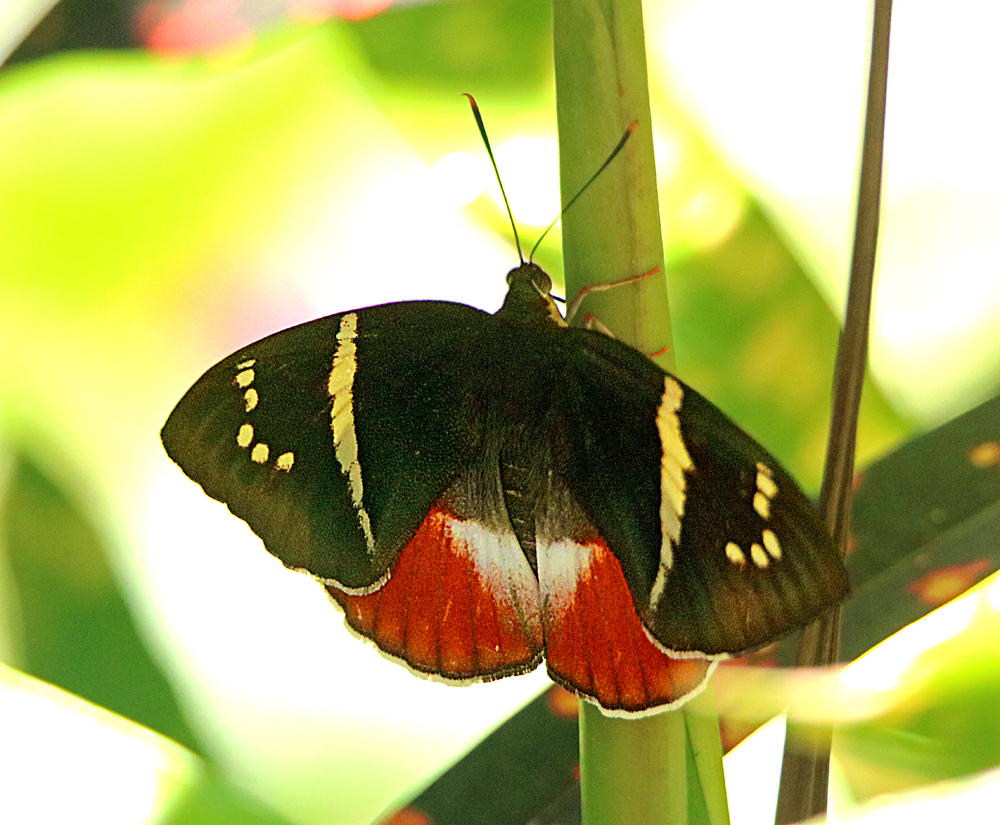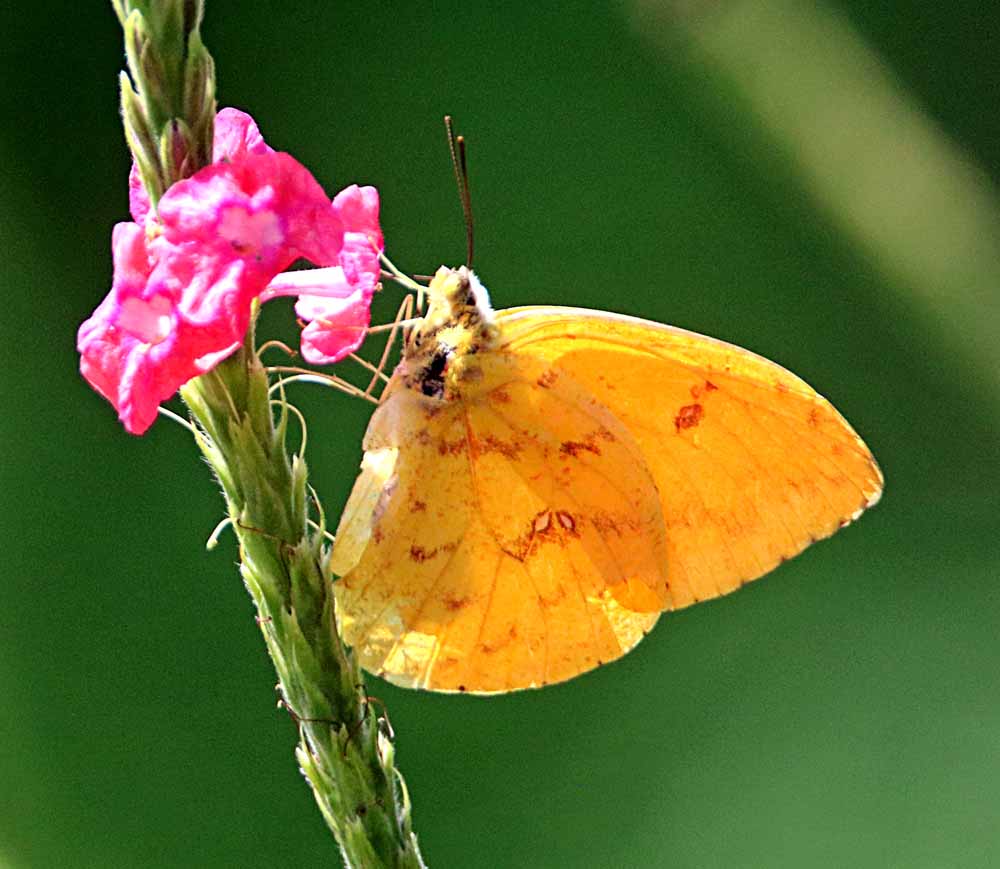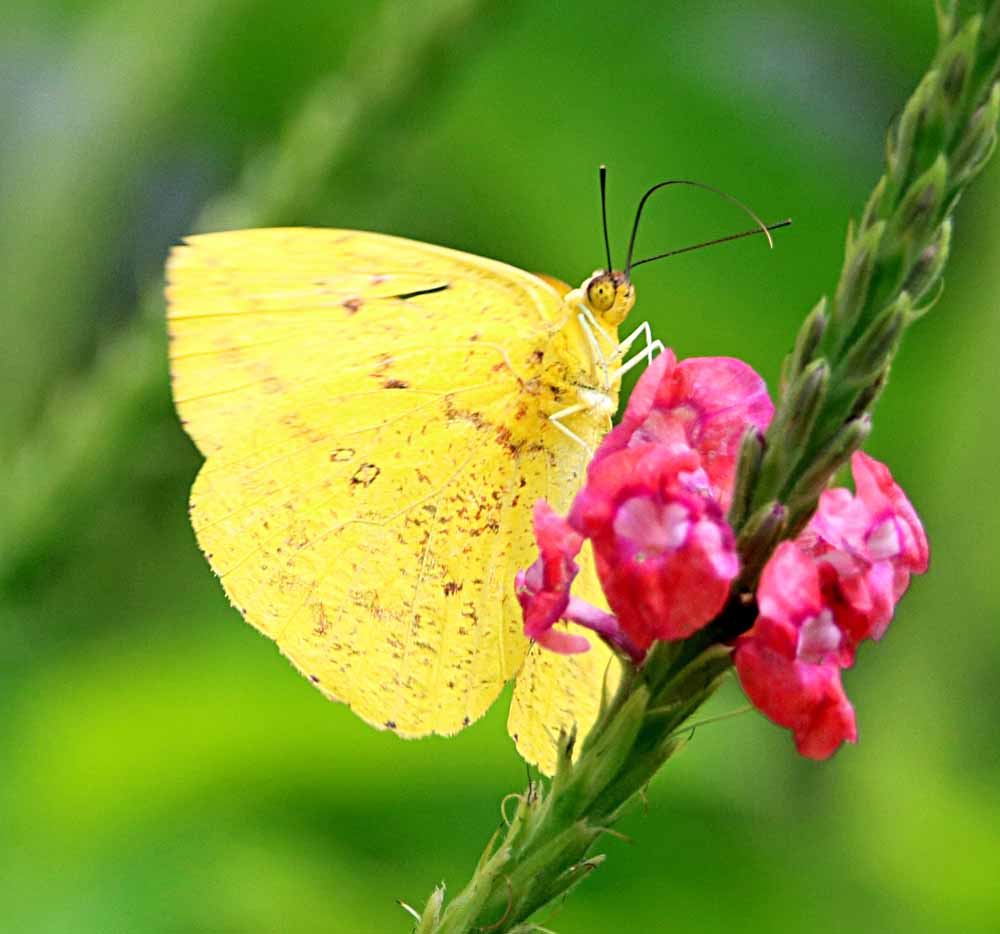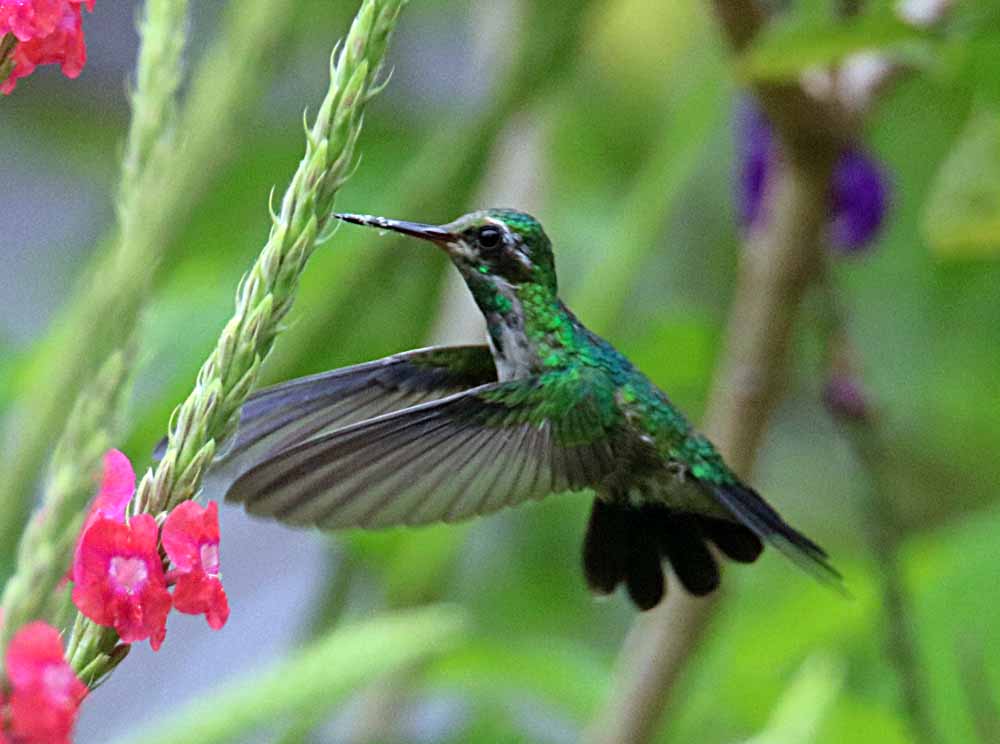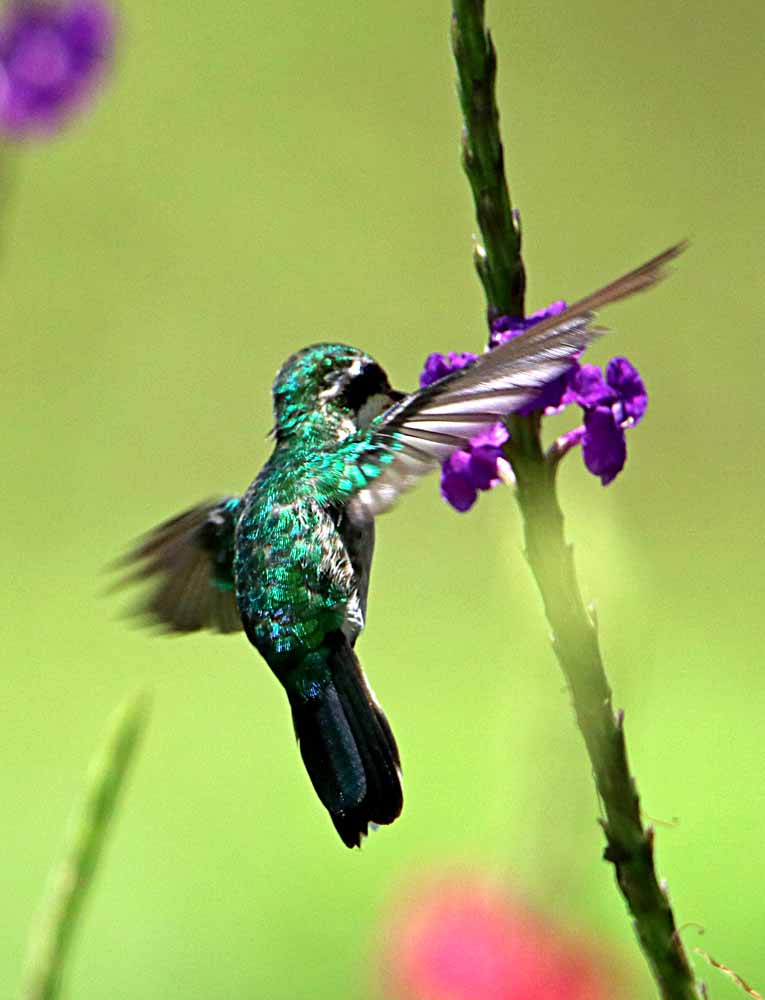. . . at Esquinas Rainforest Lodge is surprisingly also one of the largest! (a little larger than toucans.) And maybe size does help with visibility, 🙂 plus the fact that the ones living there are used to people (all nature-lovers) and thus don’t run at the site of a dangerous human! 🙂
The Great Curassow, Crax rubra (eBird link) is a tropical pheasant-like bird found from eastern Mexico throughout Central America to the northwestern edges of Columbia and Ecuador. I see them in most of the protected forests and national parks I visit in Costa Rica. See some of my other photos in the Great Curassow Gallery. Just another of the many nature joys in Costa Rica! 🙂 And yes, they are similar to the Crested Guan (my gallery link) also here and about the same size, but with a bright red waddle. I heard guans on this trip but neither saw nor got photos. Both of these birds remind North Americans of Wild Turkeys, which we do not have here.
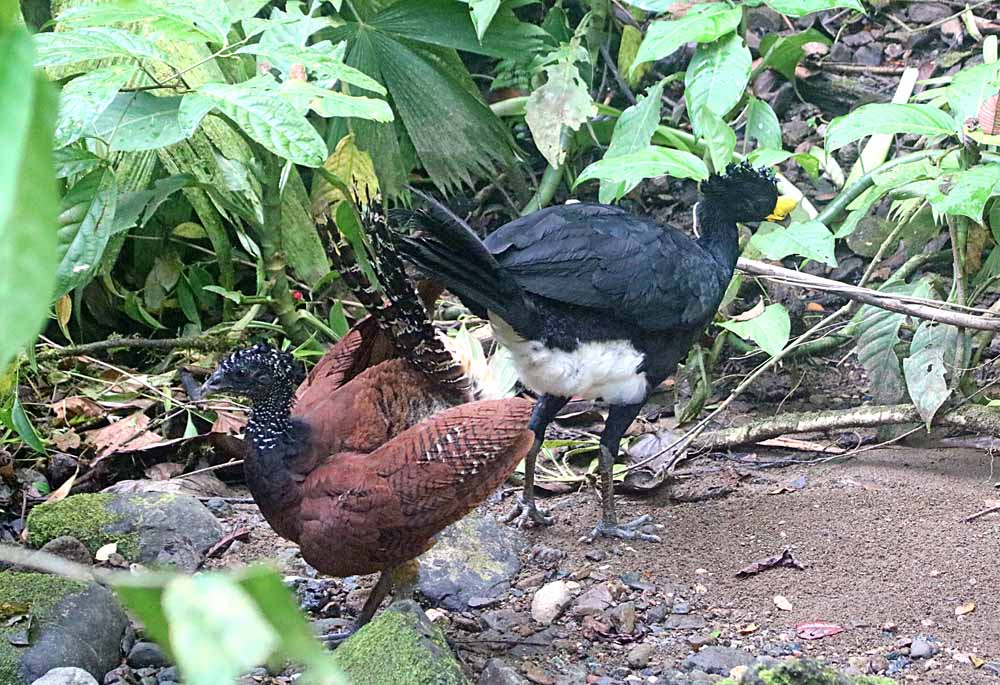
And a gallery of 5 shots . . . (click an image to enlarge)
Continue reading “Most visible Bird . . .”